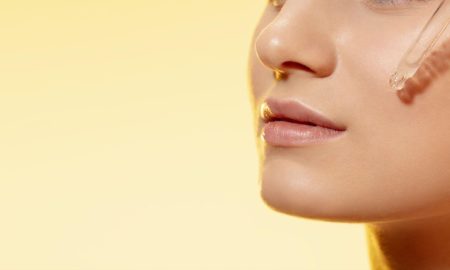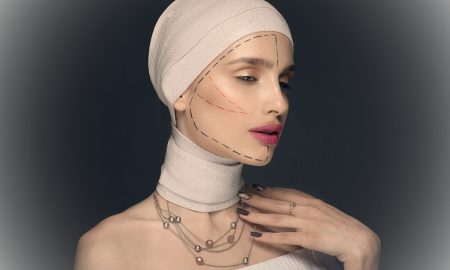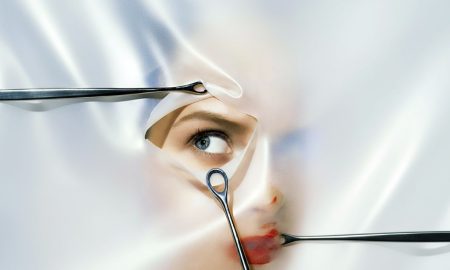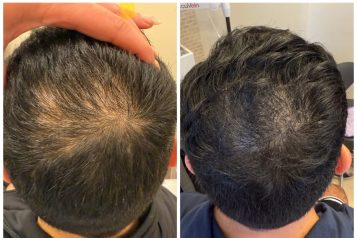Board-Certified dermatologist Dr. Ariel Ostad specializes in surgical and non-surgical aesthetic cosmetic procedures. Treating patients with skin concerns including aging skin, dark spots, facial lifting and more, is the number one goal of Dr. Ostad and his team. Haute Beauty caught up with Dr. Ostad to discuss what exactly Keratosis Pilaris is and how to treat it.
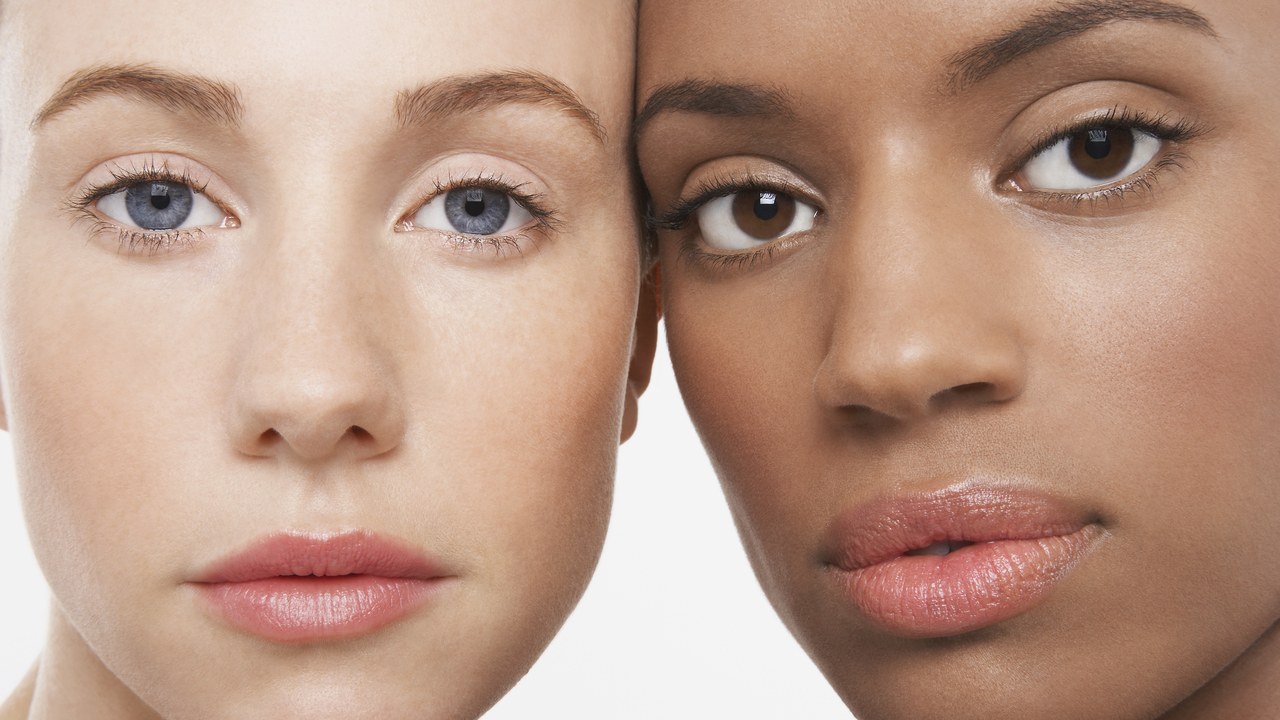
Haute Beauty: What is Keratosis Pilaris?
Dr. Ariel Ostad: Keratosis Pilaris is a common skin condition that can cause dry, rough patches and tiny bumps. The bumps typically do not hurt or itch. Keratosis Pilaris is caused by a buildup of keratin, the protein that protects skin from infections and other harmful things. The buildup forms a plug that blocks the opening of a hair follicle. However, the cause of the buildup is still medically unknown.
HB: Which skin types usually develop this skin concern?
AO: It often affects people with certain skin conditions, including eczema (also called atopic dermatitis). Oftentimes, Keratosis Pilaris appears in children and teens with the condition improving and even disappearing as they get older.
HB: Where does Keratosis Pilaris typically show up?
AO: The rough patches and tiny bumps typically appear on the upper arms, thighs, cheeks or buttocks.
HB: How can this skin concern be treated?
AO: At this point in time, there is no cure for keratosis pilaris. There are, however, moisturizing lotions and creams that can help your skin look and feel better. A variety of these are available over the counter, but you'll need a prescription from your dermatologist for stronger versions to treat more severe cases.
HB: What products would you recommend to help treat this skin concern
AO: I recommend using a moisturizer for more mild cases, and for more severe cases I recommend seeing a dermatologist to get a prescription medication. We have a great A.H.A Dead Skin Cream in our skincare line that is designed to exfoliate and even skin tone by removing the dead skin that clogs pores. It also contains green tea extract, a mixture of xanthine compounds, which helps reduce dryness.













